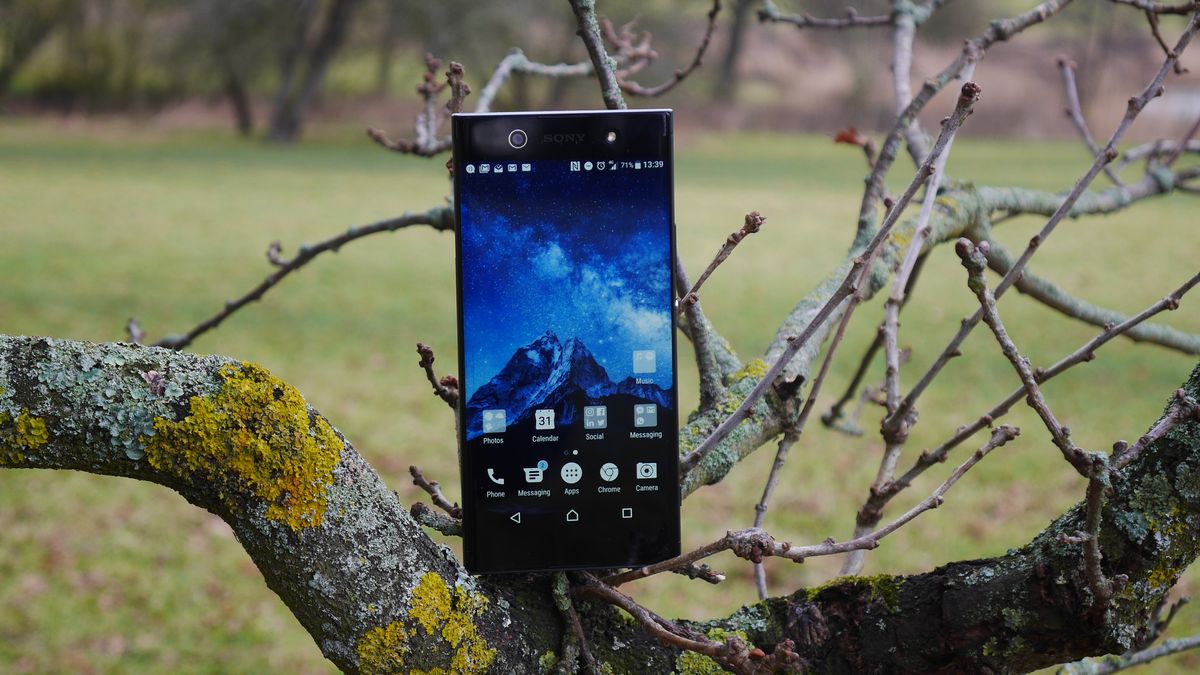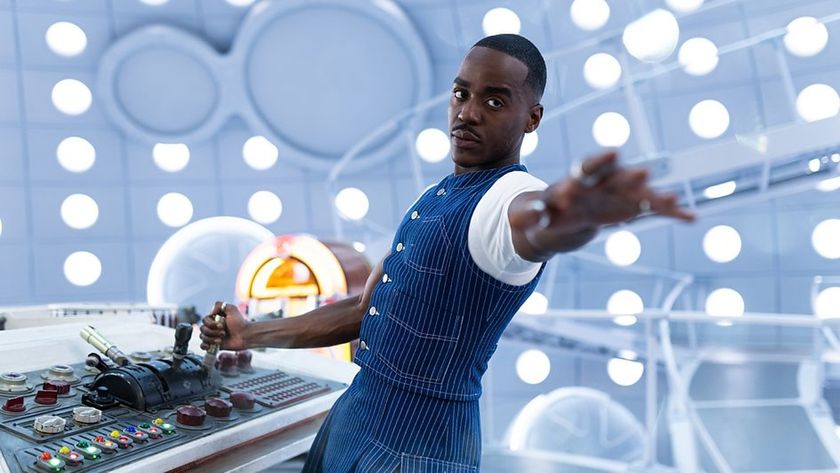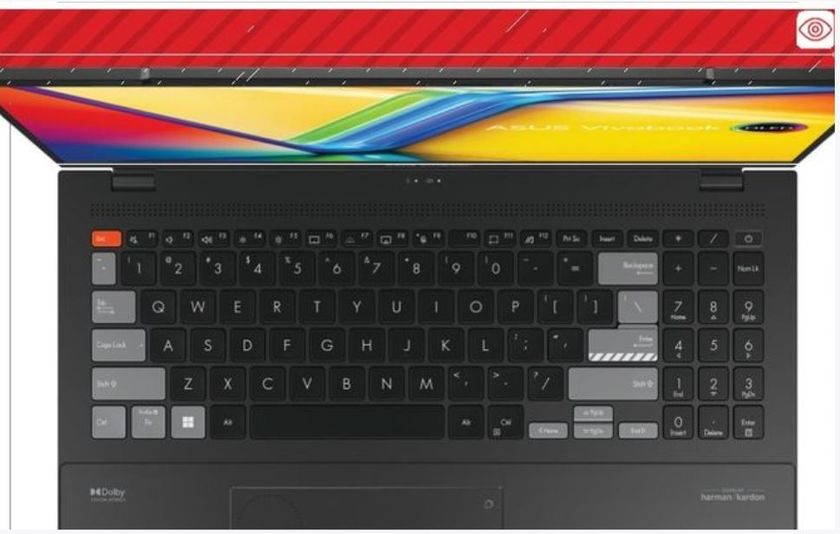TechRadar Verdict
This super-heavyweight of a smartphone packs a great screen, an interesting camera and dependably solid battery life all in a wallet-friendly offering. But with cheaper rivals offering more for less, better value can be found elsewhere.
Pros
- +
Good battery life
- +
Dependable camera
- +
Huge screen
Cons
- -
Not ergonomically friendly for many
- -
Large bezels
- -
Ho-hum speaker
Why you can trust TechRadar
Phablets and Sony have a long relationship – 'Xperia' and 'Ultra' are two names that have been associated with one another for some time, Sony phones often being among the very biggest phones.
The Sony Xperia XA1 Ultra, released in May 2017, is a prime example. With a 6-inch display it can hardly be considered petite, and unlike some newer releases it does nothing to hide this size behind a trendy aspect ratio or minimal bezels.
This is a handset that is proud of its heritage, borne of a manufacturer which seeks to use the word traditional in its design, that meaning a boxy profile and bezels for miles.
Sony's handset division has long been struggling, trying to find its feet in an enormously competitive field, even with a storied brand name attached. No matter whether it has attached 'X', 'Z', or both to the names of its devices, success has eluded it.
With an unapologetic rectangular shape, a huge footprint and a lot of expectation attached, does the Sony Xperia XA1 Ultra do quite enough to continue the somewhat suspect fortunes of the Xperia name?
Sony Xperia XA1 Ultra price and availability
Since its May 2017 arrival the Sony Xperia XA1 Ultra price has dropped and it can now be picked up SIM free for around $320, £240, AU$440.
In the UK the XA1 Ultra can be picked up from a variety of retailers including Amazon, AO and Argos, and can be had for free on contracts starting at £24 per month.

Key features
- Huge screen
- Qnovo battery tech
- 23MP main camera
Does it really need to be said?
What the Sony Xperia XA1 Ultra has over almost all and sundry, is real estate. The screen which takes up almost the entirety of the device, which justifies its entire existence.
And it is a very pleasant 6-inch IPS LCD screen. It has a 1080p resolution, good colors and no drop off in brightness or saturation at odd angles. It isn't AMOLED though, which is a shame for the price point, and pixel junkies will need to look elsewhere for their pixels-per-inch binge, as there is no QHD goodness to be had here.
We generally found that the screen proved to be sharp enough though, with the relatively reduced resolution contributing to improved battery life and performance in gaming.

Another interesting addition is the 23MP rear-snapper. The megapixel wars are long over, yet Sony is still on a quest to cram as many pixels as possible into an ever-shrinking sensor size, and the XA1 Ultra is jam-packed.
A whole host of fancy camera tech has been inherited from the previous generation of 'X' flagships, though only time will tell if that starts to translate into a real performance difference.
A less attention-grabbing gimmick, but an important one nonetheless, is the inclusion of Qnovo smart battery technology.
The idea is simple: batteries age badly over time because charging isn't currently smart. Qnovo technology solves this problem by monitoring the amount of charge going into a phone battery, preserving its long-term health. This is a relatively new tech, so only time will prove its efficacy, however it is a nice value add-on regardless.
Design and display
- Bulky but comfortable
- Big and beautiful display
Since the Samsung Galaxy S8 and the LG G6 burst onto the scene in 2017, phone design has never been the same. Consumers now expect trendy shapes, eschewing sharp corners for rounded edges and seeking the total eradication of anything resembling a bezel.
With this in mind, the Sony Xperia XA1 Ultra is positively retro. The screen is, of course, massive – a 6-inch panel which dominates the front of the device. What makes it stand apart is the use of bezels. Large ones too, both top and bottom, with the sides blessedly remaining free.

Despite this, and being 165mm tall and 188g, one-handed usage is surprisingly easy, even if it still requires a few feats of acrobatics on occasion. This is a device where certain ergonomics have clearly been considered at every stage of its design, maintaining an even balance in the hand.
The rear of the handset is coated in aluminum, which feels very cool to the touch and suitably premium. Everything has a reassuring heft, and the device feels as though it could take a knock or two and keep on going.
The 'loop' design that Sony is taking great pains to promote is also obvious from the top and the bottom, lending this phone something special in a sea of cookie-cutter 'try hard' designs.
With the front being dominated by the display, it also makes room for a call speaker, a front-facing flash, a selfie camera and more (the bezels leave a great deal of room).
On the right can be found the power button (which doesn't double as a fingerprint scanner), the volume rocker and hallelujah a two-stage shutter button.
The top houses a 3.5mm headphone jack, the bottom a speaker and a USB-C port, and the left is completely flush.

In all, should this have been released in 2015, it would have turned heads, but in the era of the Honor 7X the LG Q6 and more, it feels decidedly retro. For a certain type of buyer, it represents a unique shape that they will snap up regardless, as Sony fans have done for some time now.
The display itself is a cracker. For an IPS panel it has excellent contrast and pretty good sunlight legibility, aided in no small part by strong maximum brightness. Backlighting is even, and there is no color shift, although as is typical for IPS it has a somewhat cool color cast.
As is the case with Sony phones, this color contrast can be altered with the display calibration tool built into the settings menu. For almost anyone, this screen is good enough however, and is certainly a joy to watch films and play games on.
It must be said that while the feel of the device is nice, the attention which went into trimming the side bezels could also have been extended into the top and bottom.
At the moment, in the hand this is a step away from holding a cinder block, here's hoping the next iteration will lose a few pounds and a little height in the process.
Sean is a Scottish technology journalist who's written for the likes of T3, Trusted Reviews, TechAdvisor and Expert Reviews.














